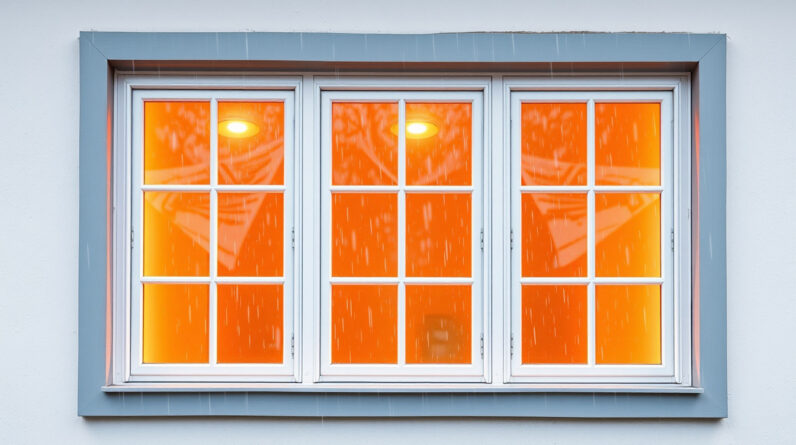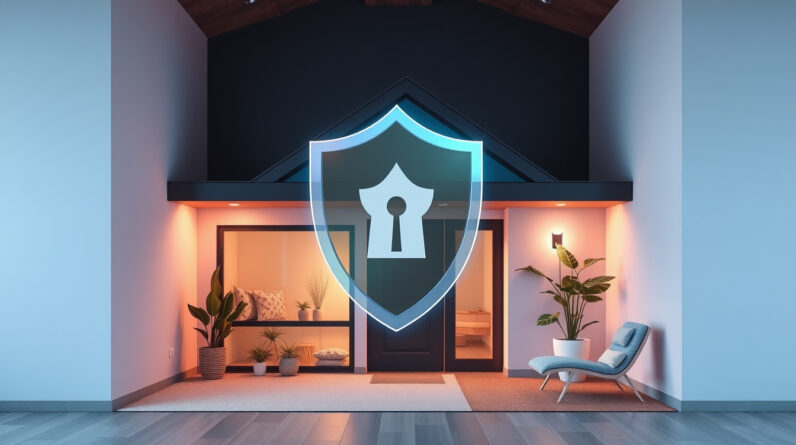In today’s environmentally conscious world, homeowners are increasingly seeking ways to make their living spaces more sustainable. Eco-friendly renovations are a fantastic approach to transforming your home not only to reduce its carbon footprint but also to save money in the long run. These renovations combine eco-conscious materials, innovative design, and energy-efficient systems to create a healthier environment for your family while supporting global sustainability efforts. If you’re considering updating your home, this guide will help you understand how to undertake eco-friendly renovations that are both sustainable and cost-effective.
Why Choose Eco-friendly Renovations?
Opting for eco-friendly renovations offers numerous benefits beyond just environmental impact. Here are some reasons why incorporating sustainability into your home improvement projects is a smart decision:
- Reduce Energy Costs: Energy-efficient appliances and insulation lower utility bills.
- Enhance Indoor Air Quality: Use of non-toxic, natural materials improves indoor air quality and health.
- Increase Property Value: Eco-friendly homes are highly desirable in the real estate market.
- Contribute to Global Sustainability: Reducing resource consumption helps mitigate climate change.
- Long-term Savings: Though some eco-friendly upgrades may require initial investment, they typically lead to significant savings over time.
Key Strategies for Eco-friendly Renovations
Switching to sustainable home improvements involves multiple strategies. Here are some of the most effective ways to turn your renovation project eco-friendly:
1. Use Sustainable and Non-Toxic Materials
Choosing environmentally responsible materials is the cornerstone of eco-friendly renovations. Opt for:
- Bamboo flooring: a rapidly renewable resource.
- Reclaimed wood: gives character while reducing demand for virgin timber.
- Low-VOC paints and finishes: minimize volatile organic compounds that can harm indoor air quality.
- Recycled metal and glass: reduce waste and resource extraction.
2. Improve Energy Efficiency
Energy consumption is a major contributor to a home’s carbon footprint. Consider the following upgrades:
- High-efficiency windows: reduce heat loss and gain.
- Upgraded insulation: keeps your home warm in winter and cool in summer.
- Energy-efficient appliances: select ENERGY STAR-rated appliances.
- Smart thermostats: optimize heating and cooling schedules to save energy.
3. Optimize Water Usage
Reducing water consumption conserves resources and lowers utility bills:
- Low-flow fixtures: faucets, showerheads, and toilets.
- Rainwater harvesting systems: collect and utilize rainwater for outdoor use.
- Drought-tolerant landscaping: minimizes irrigation needs.
4. Incorporate Renewable Energy
Harnessing renewable energy sources can significantly decrease reliance on fossil fuels:
- Solar panels: generate clean electricity for your home.
- Solar water heaters: reduce energy used for hot water.
- Geothermal heating and cooling: highly efficient climate control solutions.
5. Enhance Indoor Air Quality
Healthy homes are a vital aspect of eco-friendly renovations:
- Use natural ventilation techniques.
- Incorporate houseplants to naturally purify indoor air.
- Avoid synthetic chemicals, opting for natural and organic products.
Cost-Effective Solutions for Sustainable Home Renovations
Many homeowners worry about the costs associated with eco-friendly renovations. The good news is that strategic planning and prioritization can make these upgrades affordable. Here are some tips to achieve eco-friendly renovations without breaking the bank:
- Start small: focus on high-impact upgrades like LED lighting or insulation.
- Leverage government incentives: many regions offer rebates or tax credits for energy-efficient upgrades (source).
- Choose versatile materials: such as reclaimed wood or recycled metal, which can be both attractive and affordable.
- Plan for long-term savings: prioritize improvements with quick payback periods.
Here’s a numbered list of cost-effective eco-friendly renovation ideas:
- Install LED lighting throughout your home.
- Add or upgrade insulation to improve energy efficiency.
- Replace traditional windows with double or triple-pane energy-efficient models.
- Swap out old appliances with ENERGY STAR-certified options.
- Seal air leaks around doors and windows.
- Use eco-friendly paints and finishes.
- Incorporate water-saving fixtures.
- Use reclaimed or recycled materials where possible.
- Invest in programmable thermostats.
- Consider solar panels if feasible and within budget.
Implementation Tips for Eco-friendly Renovations
Executing eco-friendly renovations can be straightforward if you follow some best practices:
- Research and plan thoroughly: ensure materials and systems align with your sustainability goals.
- Consult professionals: work with contractors experienced in green building practices.
- Prioritize projects: focus on upgrades that will deliver maximum environmental and financial benefits first.
- Monitor and maintain: regular upkeep ensures the longevity and efficiency of eco-friendly systems.
Frequently Asked Questions About Eco-friendly Renovations
Q1: How can I start eco-friendly renovations on a limited budget?
Begin with simple upgrades like installing LED lighting, sealing drafts, and choosing eco-friendly paints. These small steps can significantly reduce your environmental impact and utility bills without substantial upfront costs.
Q2: Are eco-friendly renovations worth the investment?
Yes, they often pay off through energy savings, increased home value, and improved health. Additionally, many governments offer incentives for such upgrades, further enhancing the financial benefits.
Q3: What are some eco-friendly materials suitable for renovations?
Materials such as bamboo, reclaimed wood, recycled metal and glass, non-toxic paints, and natural insulation options like sheep’s wool or cellulose are excellent choices for sustainable renovation projects.
The Future of Sustainable Housing
The importance of eco-friendly renovations continues to grow as climate change and resource scarcity become more pressing issues. Advances in green building technology and sustainable materials are making eco-friendly renovations more accessible and affordable than ever before. By choosing sustainable options, you’re not only transforming your home but also contributing to a healthier planet.
For authoritative insights, the U.S. Green Building Council (USGBC) provides comprehensive guidelines on green building practices that can help you incorporate best practices into your renovation projects (source).
Take Action Today
Now is the perfect time to embrace eco-friendly renovations and make a positive impact both at home and in the environment. Start small, plan wisely, and partner with experienced professionals to turn your vision into reality. With sustainable upgrades, your home can become a beautiful, healthy, and cost-effective space that reflects your commitment to a greener world. Make the change today — your future self will thank you!








